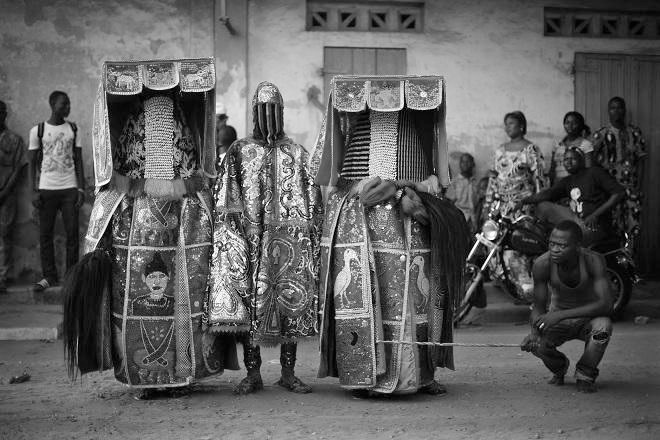In this post, we discussed cultural heritage of Benin this includes the culture and practices therein; in addition we discussed the heritage sites in Benin.
Two things have influenced Benin’s culture more than anything else: voodoo and slavery. Some 60 percent of Beninese follow the voodoo religion – with many cultural aspects and religious syncretism spilling over into other aspects of culture as well. As a tourist in Benin, it is impossible to avoid the herbal medicines and creepy fetishes sold in the markets, the roadside shrines, the statues of voodoo gods and the festivals and ceremonies that take place, particularly around Ouidah, voodoo’s spiritual home.

The West African slave trade may have ceased many centuries ago, but its legacy can be observed today in unexpected ways. As well as the slave forts and chilling Door of No Return, there is a town that stands in the middle of a lake, and the impressive, fortress-like compounds of the Somba people – both of which were created as a way to defend the tribes against kidnap by slave raiders.
VOODOO
This most enigmatic of religions originated in Benin, and while versions of it were exported across the Atlantic along with the slaves, most notably to Haiti and Louisiana, it is still found in its purest form in Benin, where it is more commonly called vodun or vodoun. Voodoo penetrates much of Beninese daily life. Visitors to markets will reveal fetish stalls, with animal fetuses and skeletons – as well as dead animals which have been prepared for rituals. Small fetishes like this exist across Benin, in backyards and compounds, but the most famous is the Dankoli shrine – a mound of festering blood, guts, bones and feathers which is believed to be the most powerful of all.
Read: DEPARTMENTS OF BENIN
Ouidah is the center of voodoo, and as well as the markets, you will find the Python Temple, inhabited by around 60 sacred snakes, and the Kpasse Sacred Forest, filled with statues of voodoo gods as well as a huge iroko tree – which it is believed was once the King Kpasse, who fled into the forest from the invading Fon tribe, and turned into a tree.
The Vodoun Festival takes place in Ouidah every year on 10th January, and is the hugest event in the voodoo calendar. It draws followers who transform into their chosen God, adopting their characteristics. The Zangbeto look like giant, walking grass skirts, while the Egungun – the most powerful – are covered entirely in colorful patchwork. There are ritual sacrifices, plus dancing, drinking and the constant pounding of drums.
HERITAGE SITES IN BENIN
There are 2 Heritage Sites in Benin. All of these three sites are listed under the Cultural category.
Royal Palaces of Abomey
W-Arly-Pendjari Complex
ROYAL PALACES OF ABOMEY
The Royal Palaces of Abomey are a group of earthen palaces located in the city of Abomey in Benin, West Africa. These palaces were once the center of the powerful Kingdom of Dahomey and are now a UNESCO World Heritage Site. The palaces, built in the 17th and 18th centuries, are known for their unique architecture, which includes intricate relief work, courtyards, and ornate columns. They also feature murals that depict historical events, legends, and everyday life in Dahomey. The Royal Palaces of Abomey serve as a testament to the wealth and power of the Dahomey Kingdom and offer a glimpse into the culture and history of the people of Benin.
W-ARLY-PENDJARI COMPLEX
The W-Arly-Pendjari Complex is a UNESCO World Heritage Site located in West Africa, spanning the borders of Benin, Burkina Faso, and Niger. This protected area is home to a diverse range of wildlife, including several threatened species such as the West African lion, cheetah, and elephant. The complex also features a variety of landscapes, from savannas and forests to rocky cliffs and rivers. It is an important site for conservation and research and offers opportunities for eco-tourism and sustainable development.